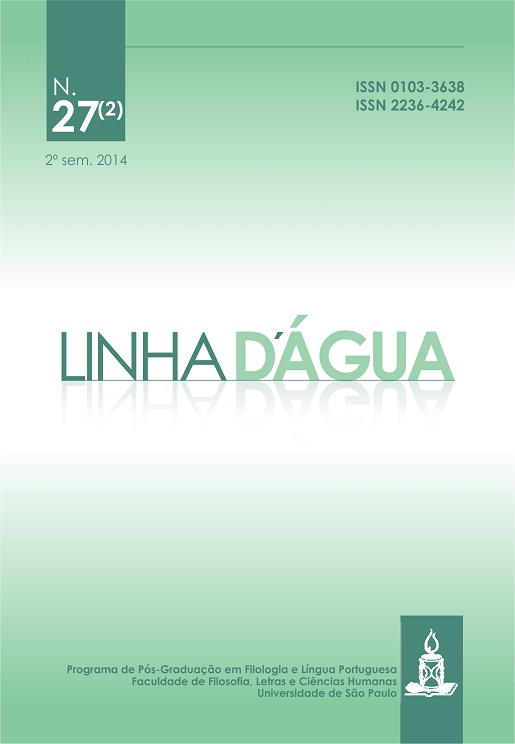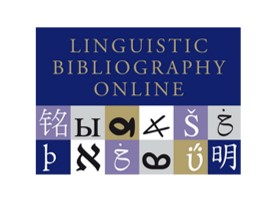Sayings in Mutation: Proverb Variants as Expressive Resources
DOI:
https://doi.org/10.11606/issn.2236-4242.v27i2p37-52Keywords:
Paremiology, Lexicon, Discourse.Abstract
The expressive efficacy of proverbs, according to many authors, derives mainly from certain structural aspects. The parallelism by correlation, the cohesive inversion and the ellipsis of the verb are some of the resources. The repetition in use, the constancy and the popularization of proverbs are aspects generally focused by Portuguese and Brazilian paremiologists in the not so vast specialized bibliography in this area. A correlated theme, though, starts to attract the attention of scholars. Included in it, we find what some call “antiproverbs”, defined as corruptions, deformations, pastiches or quibbles that are formed under the inspiration of a sentence, largely known by a community, with an aim either humouristic or satirical, either an advertising or commercial one – sometimes both. In this paper, we prefer to call them “aloproverbs”, examining in the Brazilian context their occurrences as discursive variations, which objective is basically the same of the original ones. We believe that, lost or depleted the expressive power of the original form, the “aloproverb” sheds new light to the moral, experiential or practical content of the primitive proverb, even if sometimes under antagonic robes. In the case of ephemerality, this variation will be “just water under the bridge”; in the case of constancy, this variation is fixed as the proverb that “venit, vidit, vicit”.Downloads
Downloads
Published
Issue
Section
License
The Editorial Board authorizes free access to and distribution of published contentes, provided that the source is cited, that is, granding credit to the authors and Linha D'Água and preserving the full text. The author is allowed to place the final version (postprint / editor’s PDF) in an institutional/thematic repositor or personal page (site, blog), immediately after publication, provided that it is available for open access and comes without any embargo period. Full reference should be made to the first publication in Linha D'Água. Access to the paper should at least be aligned with the access the journal offers.
As a legal entity, the University of São Paulo at Ribeirão Preto School of Philosophy, Sciences and Languages owns and holds the copyright deriving from the publication. To use the papers, Paidéia adopts the Creative Commons Licence, CC BY-NC non-commercial attribution. This licence permits access, download, print, share, reuse and distribution of papers, provided that this is for non-commercial use and that the source is cited, giving due authorship credit to Linha D'Água. In these cases, neither authors nor editors need any permission.
Partial reproduction of other publications
Citations of more than 500 words, reproductions of one or more figures, tables or other illustrions should be accompanied by written permission from the copyright owner of the original work with a view to reproduction in Linha D'Água. This permission has to be addressed to the author of the submitted manuscript. Secondarily obtained rights will not be transferred under any circumstance.










